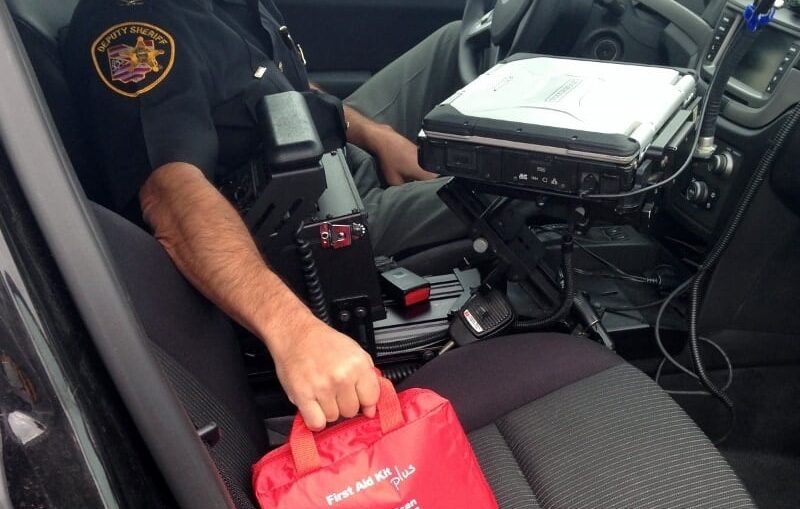The City Council of Spokane, Washington, has proposed that being administered naloxone should be automatic grounds for mandatory treatment. If adopted, the request to the state legislature would specifically target people without housing.
On March 25, the City Council unanimously approved Resolution 2024-0031, Addressing Spokane Overdoses, which calls on various Washington State authorities to create or improve reporting for overdose data. An amendment from Council Member Jonathan Bingle further calls on the legislature to amend House Bill 1713, the state’s involuntary commitment act.
Commonly known as “Ricky’s Law,” HB 1713 was implemented in 2018. It directed the state health department to open “secure withdrawal management and stabilization” facilities in which people could be mandated for detox. In order for someone to be involuntarily committed to such a facility, authorities must show that they’re a serious threat to themselves, to others, or to property; or that they’re “gravely disabled” due to substance use disorder (SUD).
Under Bingle’s amendment, “the documented administration of [naloxone] constitutes a presumption that an individual has a substance abuse addiction that is a danger to” themselves. The fact of having been administered naloxone would satisfy the criteria in and of itself.
Overdose is not evidence of substance use disorder.
At a March 25 briefing session, Bingle stated that being administered naloxone “is indicative that the individual experiencing fentanyl or other opioid overdose has an addiction to opioids and, therefore, should require treatment … it is clear to me that they are a danger to themselves.”
Overdose is not evidence of SUD. It is true that many people who regularly use opioids overdose while doing so. But many people who do not regularly use opioids overdose when they do use them, because they do not have an opioid tolerance.
The vast majority of overdoses happen because the drug supply is not regulated and most people have no way of knowing what they are using or how strong it is. Some people who overdose from fentanyl did not know they were using it, but for people who do use it intentionally—whether because they prefer it or because they don’t have access to other opioids—the problem is that they still don’t know how much they are using. Fentanyl test strips do not tell you this information.
Being administered naloxone doesn’t mean someone used opioids at all, let alone that they use them regularly. Cops administer Narcan to themselves or their partners all the time. No one’s proposing that they be taken off the streets because they’re dangerous.
Mandatory treatment does not work.
Earlier in March, the Council began formally discussing whether to declare a public health emergency for “the opioid and fentanyl crisis,” though that appears unlikely to happen. Spokane has seen the greatest overdose spike anywhere in the state, and first responders report administering naloxone an average of twice a day.
“This straightforward addition would help those who have ceded their agency to a substance,” Bingle continued. Apparently this justifies the state taking it instead.
Mandatory treatment does not work. Research shows the practice is not only ineffective, but harmful. When it involves forced detox at the kind of inpatient programs being described here, it is likely to raise the overdose risk for many people by lowering their tolerance then putting them back out on the street, where they will immediately go find the substance they did not intend to stop using in the first place.
Under Washington State’s “Good Samaritan” law, someone who overdoses is granted legal immunity from drug possession penalties if they were incriminated as a direct result of first responders being called to the scene. Why criminalize them for no other reason than that someone administered them naloxone?
Ideally, naloxone is administered by a civilian and so authorities never need to be involved at all. That’s what happens when people are able to use drugs in their homes, with people they trust.
“[T]he Spokane City Council further requests a voluntary monthly report from all shelters serving the unhoused population setting forth the number of demonstrated uses the uses of naloxone in their facilities,” the draft resolution states. The Council approved it on the same day it announced new funding for encampment sweeps.
That is who this proposal would hurt: people who overdose inside shelters and are administered naloxone by staff. The difference between involuntary commitment and remaining free is whether or not you can afford a home.
Photograph via Clermont County, Ohio





Show Comments